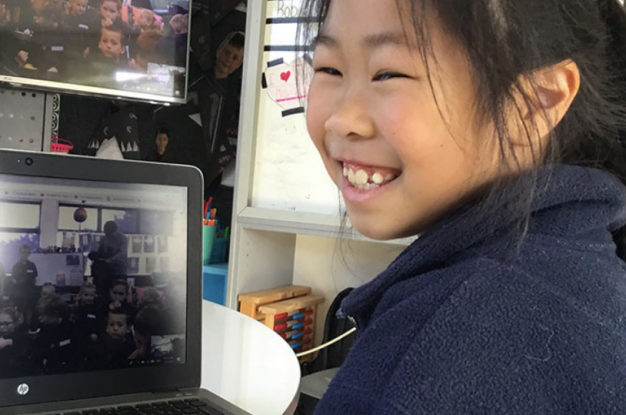
New Zealand school project connects rural and urban children
School children in New Zealand have been working together in an educational project to unlock similarities and differences between urban and rural life.
The CLASS-ified Moostery Challenge, organised by DairyNZ, paired 150 rural and 150 urban schools and challenged them to work out each other’s name and location, while getting to know more about each other. Each school carried out detective work to help the pupils identify their ‘mystery match’.
Empathy
This is the third year DairyNZ has run the in-school challenge – one of several educational initiatives it runs – and is seen as a way of creating empathy and ‘real world’ connections between children in cities and those in the countryside. Children in Years 4 to 8 (ages eight to 12) first take part in a photographic scavenger hunt where they take 10 photos of specified subjects. This includes how they get to school, games they play at lunchtime and what they wear on their feet at the end of the day. Photos are uploaded to a website where they can see how their lives compare with others up and down New Zealand.
Detectives
In the second part of the challenge, each school connects with their mystery classroom via a video chat such as Skype or Zoom and asks questions to identify the other school. Each person is assigned a role such as ambassador (class spokesperson), detectives who ask the questions and responders who use Google Maps to pinpoint the other school’s location based on the answers.
Answers can only be yes or no. The challenge is to identify each other’s island, region, city or town and school. The first school to identify all four wins. Dr Jago Jenny Jago, DairyNZ Strategy and Investment Leader, said the challenge involves planning, investigating key concepts of geography and working together.
Perspectives
“It gives an insight into another way of life in a dynamic and personal way, and it gives young people an opportunity to better understand each other’s lifestyle and perspectives.”
Last year saw Mission Heights Primary School in the capital, Auckland, paired with rural Wairere School. Mission Heights teacher Monique Brown said her class loved the challenge and learned a great deal, including questioning and map-reading skills.
“The collaboration was great and the students in each class had to work as a team,” she said. “My class found it fascinating because we’re a large school with about 700 students and we were talking to a rural school with fewer than 50 students. In terms of differences, the rural school had a larger range of ages in their class than ours and there were some differences in lifestyle. But kids are kids everywhere so there was a lot in common as well.”




